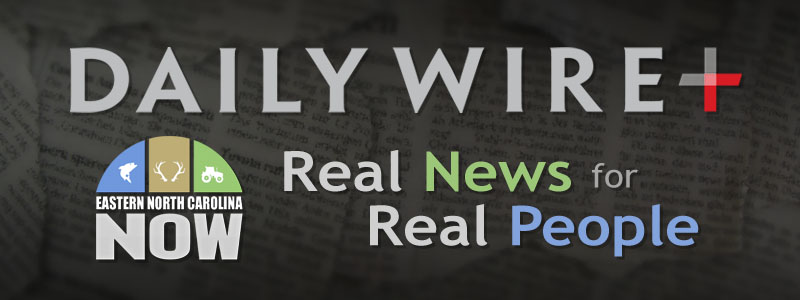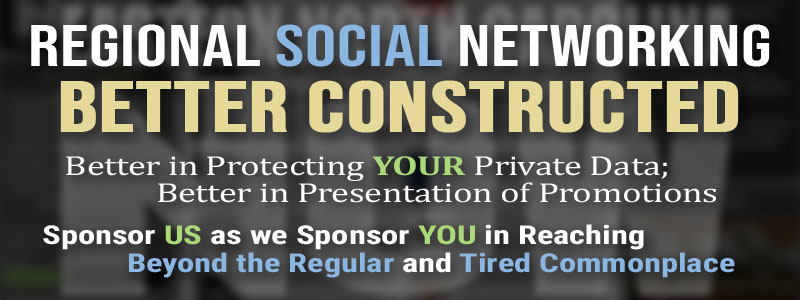Publisher's note: This post, by Bob Luebke, was originally published in Civitas's online edition.
- In hopes of limiting the spread of coronavirus, Governor Cooper issued an executive order prohibiting gatherings of more than 100 people and closing the public schools for two weeks.
- The order creates other issues of how schools will provide online education, childcare and financial relief
- Government and civil society both have important roles to play in protecting and aiding impacted populations. Only by working together can North Carolina face the challenges that arise from the spread of coronavirus
One day after declaring a state of emergency, Gov. Roy Cooper signed an
executive order prohibiting mass gatherings greater than 100 people and closing the public schools until March 30 to limit the spread of coronavirus.
Closing the public schools impacts the lives of 1.5 million students, thousands of teachers and staff, and families in every corner of the state. It was a complicated decision that was not taken lightly. While most higher education institutions announced decisions to suspend or end classes last week, there are some big differences between the two types of institutions. The Centers for Disease Control was not recommending massive school closures. The science on whether closings impact the spread of COVID-19 is mixed. It should also be noted that most of the reported cases of coronavirus have been in adults. Moreover, and thankfully, when a child has contracted the virus the symptoms have usually been milder.
Nevertheless, Gov. Cooper's Executive Order closes the public schools for two weeks - and possibly longer. The hope is that keeping children out of school will impede the spread of COVID-19. We hope so. Unfortunately, the governor's actions also create challenges that must be addressed. We offer a way through these difficulties along with some suggestions to guide policymakers.
How do we keep our kids learning? While Gov. Cooper's executive order closes the public schools, he also urges education officials "to continue delivery of instruction to students in all ways possible." The governor encourages cooperation among education organizations to allow public high school students to participate in dual enrollment classes in postsecondary institutions. Other legislation should waive the 180-day requirement for school districts and seek to give school districts maximum flexibility to meet the requirements. Student instruction can also be aided by expanding the North Carolina Virtual Public School (NCVPS). NCVPS should be tasked with working with school districts to develop and coordinate online instruction. NCVPS is the second largest provider of online public education in the United States. Parents should also be made aware of online charter school options as well as homeschooling, relevant regulations and resources available to aid home schooling families.
What about the financial impact of school closures? School closures mean teachers and other staff will not be in the classroom. A state aid plan for teachers and other staff should be developed to provide short-term aid to professional and hourly staff who have lost paychecks or jobs due to the closure of the public schools. While this will be expensive, we need to remember public schools are the largest employers in many counties. An aid plan helps to ensure a health crisis does not further exacerbate an already challenging economic situation.
Will the neediest children still receive services from public schools? School closings mean that many needy students will not be receiving one or two meals a day. Federal, state and local agencies need to cooperate to ensure those who depend on the federal school lunch program to meet their nutritional needs. In addition, this discussion should include many private national or local community organizations who are experienced in emergency response situations and are experienced in serving meals, providing childcare and meeting the needs of impacted families. These include organizations such as the Salvation Army, Catholic Relief Services, Baptist Disaster Relief and other religious and charitable organizations and parachurch ministries. .
Will school closures impact healthcare staffing? The city of Seattle public schools recently learned that when the public schools were closed to help stop the spread of COVID-19, the absentee rate for health care professionals increased. Why? Nurses, hospital staff as well as staff for nursing homes stayed home to care for their children. Childcare issues are a concern for not only parents of children in the public schools but also those who work in healthcare facilities. Serious questions need to be asked: Do healthcare workers have childcare for their children? How will it be provided? If outside help is needed, what steps are taken to ensure the caregivers will work to limit exposure. Seattle educators learned that if mom and dad continued to work, grandma or grandpa often came over to take care of the grandchildren. In doing so, they exposed themselves to the virus. Caregivers should not be from high-risk populations.

This is uncharted territory for many North Carolinians. Having no point of reference can be fear-inducing. As we work our way through how to respond to COVID-19, several principles can help to guide our policymaking.
Opt for local decision-making. A decision to close all public schools is dramatic and may very well be needed. However, such dramatic actions from Raleigh can easily sweep aside one truth; education is meant to be a local function. State actions ignore the very real and significant differences between North Carolina's 115 school districts. While state action is sometimes necessary, the best decisions are made at the local level. Why? because North Carolina public schools are as varied as the communities they represent. The schools are in cities, suburban and rural areas. They serve different populations that come from varied economic and racial backgrounds. The local communities where these schools are located are different, with different economies, resources, healthcare systems and challenges. This is to say that a one-size-fits-all proposal from the state may work in Wilmington but probably won't work in Winston-Salem. When making decisions to address any of the educational challenges raised by COVID -19, policymakers need to include local officials in all decisions because they know the local schools' communities and challenges and because they have the most invested in the local system.
Be prudent. COVID-19 is an unexpected and significant challenge facing our state and nation. State government has a legitimate role in protecting the health and wellbeing of its citizens. Thankfully, prudent spending policies adopted by the legislature over the past decade have helped to place North Carolina in a position of strength to deal with COVID-19. The state's nearly $2 billion-dollar rainy day fund is the product of prudent fiscal management. Those policies helped North Carolina provide almost $1 billion in aid to hurricane victims. And, they will allow our state to address the impacts of COVID-19. We will all be asked to make sacrifices during this time. Hurricanes and pandemics are sobering reminders as to why we need to continue our prudent fiscal policy and limit state government spending.
Encourage an active role for civil society. Government has a legitimate role in directing efforts to protect people. However, civil society plays an indispensable role in shaping the citizens and communities whom those schools serve. Government cannot ignore the important role civil society plays in resolving the problems raised by mandated school closures. The best help government can provide is to free up community and civic organizations to help serve the needs of those impacted. Organizations like churches and other non-profit community organizations already do much to meet the physical, emotional and spiritual needs of people who live in their communities. Such groups can play a large role in meeting the needs of homebound patients who have been impacted by coronavirus In doing so, these organizations not only meet the needs of the neighbor but also free up space in the healthcare system, allowing it to care for the most critically ill patients.
Think creatively. Americans are a creative people. Creativity will help us meet this challenge. Not all problems can be solved with money or medicine. Sometimes a different perspective helps. Can school districts learn to operate on a remote basis? Can legislatures? Coronavirus is exposing the holes in our current education system. Considering the deep divide between public and private education, is it time to think more broadly about public education? If the goal is to provide quality education to all students, is it time we let all parents decide which school is best for their child?
The COVID -19 outbreak will impact students, staff and parents. Is it time to consider using shuddered schools or hospitals to help deal with an expected rush of patients? Finally, students and staff may need counseling and medical care but be in rural areas that aren't well served by such professionals. Can Teletherapy and Telemedicine be used to deliver services to patients in areas that have been chronically underserved?
It has been a stressful few weeks for many. These are unusual times. The next couple weeks will be a challenge. If we work together and stay focused on our values and good policy, we can navigate the threat of COVID-19. It's a task that can't begin soon enough.























